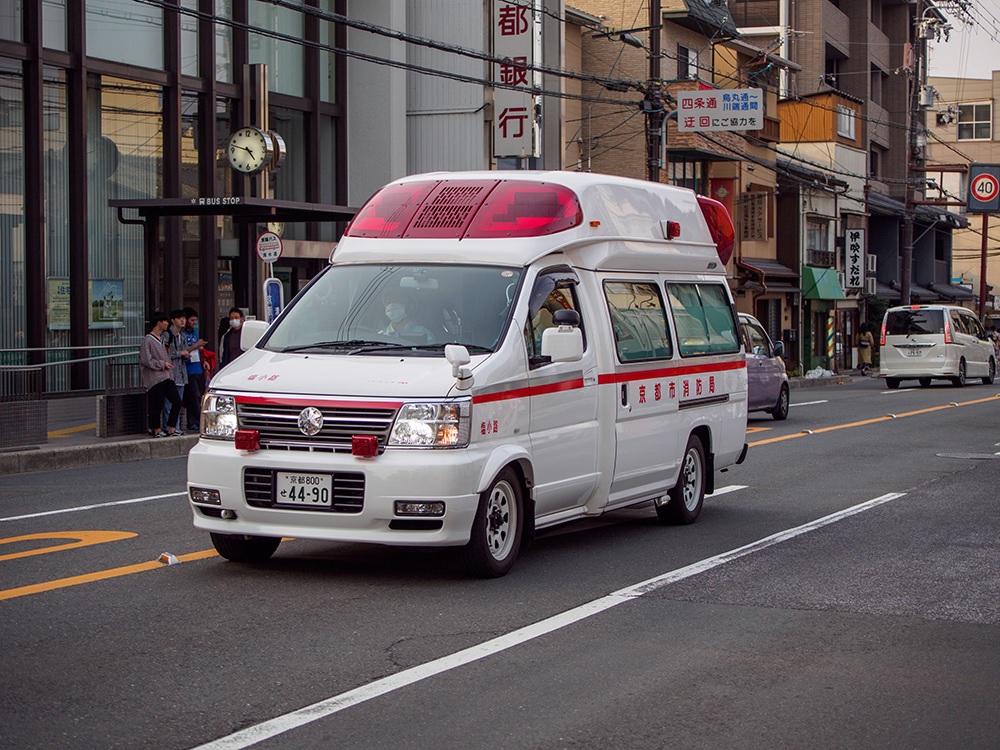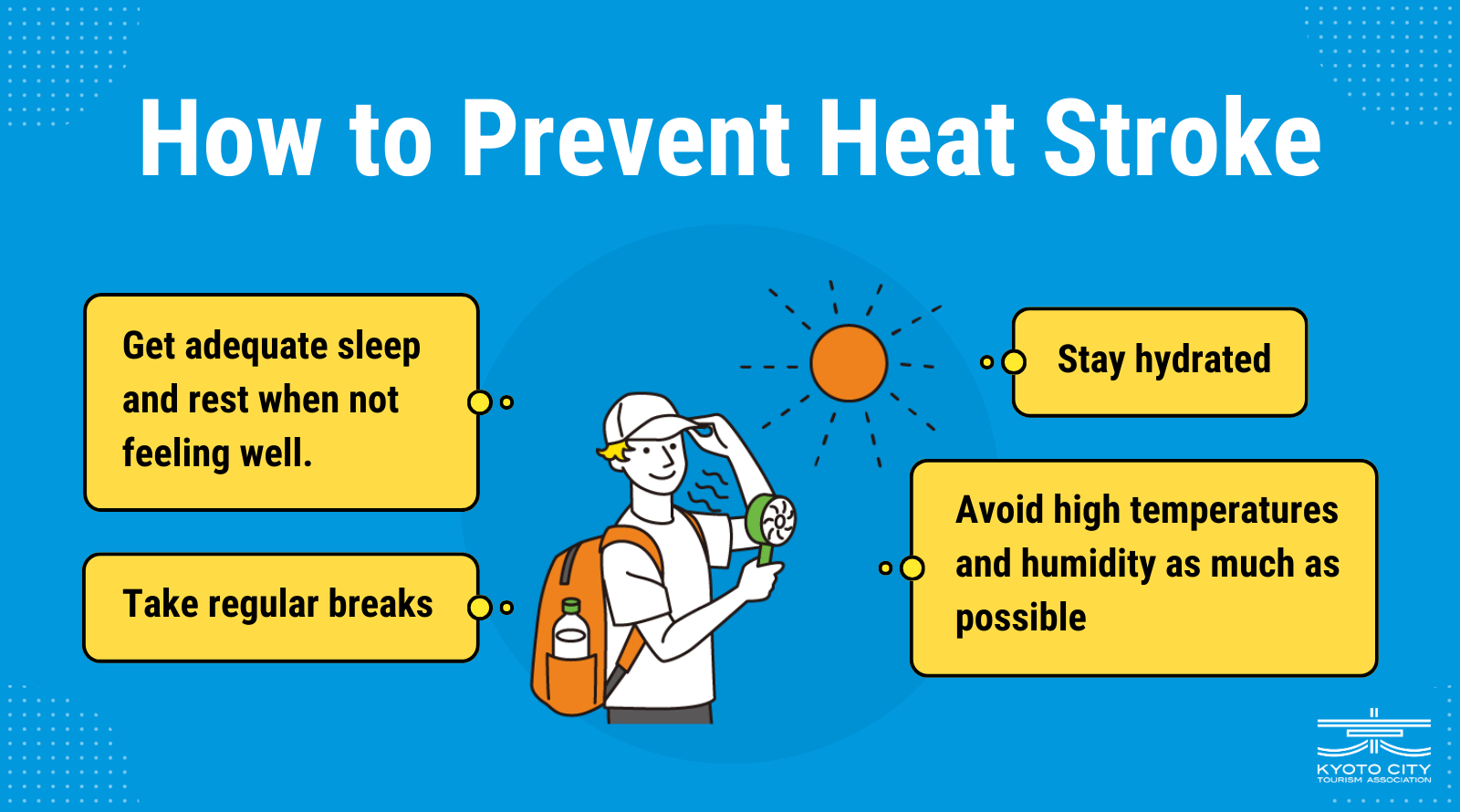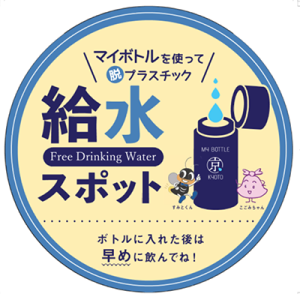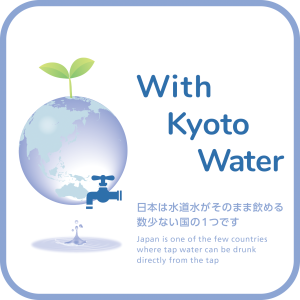
Police Offices
In trouble? –If you have gotten into an accident, your belongings were lost or stolen, or you are lost and need help.
Police Box ("Koban") System
Koban are the manned police boxes located in almost every Japanese neighborhood. They are usually marked with signs in English and red lights. If you need to ask directions, report lost or stolen items, or report a crime, a Koban is the place to go. In the vicinity of tourist destinations, Koban are likely to be staffed by English-speaking officers. If no English-speaking officer is on hand, the officer in the Koban can make use of a telephone interpreting service. Not all Koban are staffed 24-hours a day. The police can be reached at any time by calling 110 or the local numbers listed below.
Addresses of Kyoto Prefectural Headquarters, Police Stations and Other Police Offices
https://www.pref.kyoto.jp/fukei/foreign/shozaiti/index.html
List of Embassies and Consulates-General in Japan, Ministry of Foreign affairs of Japan
Use this page to find the website of your country or its embassy if it has one available.
https://www.mofa.go.jp/about/emb_cons/protocol/index.html
Disease
Multilingual Support at Medical Institutions
In the unlikely event that you sustain an injury or develop an illness while travelling in Japan, finding an institution which can give you medical care in a language you are comfortable with is of utmost importance.
JNTO (Japan National Tourism Organization) has created an official guide on safe travel, featuring a user-friendly search tool for finding multilingual hospitals. You can also use it to check which languages they offer their services in, as well as their medical department.
Link to JNTO’s official guide:
https://www.jnto.go.jp/emergency/eng/mi_guide.html
(Site available in English, Japanese, Simplified Chinese, Traditional Chinese and Korean)
Medical Services
In the event that you become ill while traveling in Kyoto, medical supplies may be purchased at one of the many local pharmacies. There are many hospitals in Kyoto, ranging from small clinics to large institutions. Credit cards are rarely accepted at Japanese hospitals and pharmacies. If you are insured for medical care, obtain a list of acceptable overseas hospitals from your insurer. In many cases, your hospital bills will be covered by the insurance.
Emergency Hospital
Hospitals with English-Speaking Doctors
You can find information on hospitals with English-speaking doctors or volunteer interpreters by visiting the Kyoto City International Foundation website
Hospital with Foreign Language Speaking Doctors (Kyoto City)
https://www.kcif.or.jp/web/assets/pdf/en_hospital_list19.pdf
Dentists with Foreign Language Speaking Doctors (Kyoto City)
https://www.kcif.or.jp/web/assets/pdf/en_list19.pdf
Sheet for pointing to symptoms(English、Chinese、Korean、Spanish、Portuguese)
Accreditation system for medical institutions accepting international patients
Accredited medical institution (Kyoto City)
Takeda Hospital
Tel. :+81-75-361-1351
Takeda Hospital Website
Location: Click here to see on Google Maps
Kyoto Miniren Chuo Hospital
Tel. :+81-75-861-2220
Kyoto Min-iren Chuo Hospital Website
Location: Click here to see on Google Maps
119(emergency number)
119 is the direct-dial free phone number for non-criminal emergencies
In the event of a medical emergency, call the fire department at the emergency number “119”. In Japan, calls for emergency medical services are patched through from the 119-dispatch center in the fire department. Kyoto City offers a simultaneous telephone interpretation service in five languages (English, Chinese, Korean, Spanish and Portuguese) to assist foreign visitors who call 119 in the case of an emergency.
【How to use the 119-emergency number】
1. Dial 119 on any phone.
*The call is free of charge from public and mobile phones. In Kyoto city, you can make an emergency call in English, Chinese, Korean, Spanish, or Portuguese by dialing the emergency number (119). If you don’t speak Japanese, tell the operator either “fire” or “emergency” in any of these languages. Hang on until the operator connects you to an appropriate interpreter.
2. Clearly describe what has happened.
3. Tell the location and, if possible, the address of the place where the emergency has occurred or is occurring.
Guide on Fire and Disaster Prevention Measures for International Residents
This video is embedded in English, but there may be more languages available on YouTube.
This video is to inform international residents in Japan of preventive measures against fire and natural disasters. The content is based on the Fire Disaster Prevention Pamphlet, a multilingual pamphlet written in English, Chinese, Korean, and Japanese. Learn how to protect yourself from an earthquake, and how to call an ambulance or a fire engine in an emergency.
The pamphlet is available at https://www.city.kyoto.lg.jp/shobo/cmsfiles/contents/0000284/284837/01.pdf
Fire at your hotel! What should you do?
This video is embedded in English, but there may be more languages available on YouTube.
This is a video that summarizes the initial actions that guests should take in case of a fire at a small-scale accommodation facility.
About heatstroke

A heatstroke can occur when the body fails to adapt to hot and humid external conditions. Its symptoms include vertigo, muscle stiffness, heavy sweating, headaches, nausea, and altered mental states. In Japan, heatstrokes occur from around June when the weather begins to get hot. About eight hundred people in Kyoto city alone had to be hospitalized in 2020 due to heatstroke.
Travelers visiting many places in Kyoto on a tight schedule in the summer are at risk of suffering heatstroke due to exhaustion in hot weather. Please take precautions against heatstroke such as refraining from excessive exercise, avoiding direct sunlight, and rehydrating frequently.
1. Avoid the heat and high humidity
- Adjust room temperature by using an air conditioner, etc.
- Don’t overexert yourself when the temperature is high.
- Wear breathable clothing.
- Be especially careful on days when the temperature suddenly rises.
2. Rehydrate frequently
- Drink fluids even before you start to feel thirsty.
- If you are sweating a lot, be sure to take in plenty of sodium.
3. Rest
- Take frequent breaks and avoid intense exercise.
4. Take care of your health
- Check the weather forecast and heat index (WBGT) before heading out.
- Try to eat a balanced diet in order to replenish nutrients, get enough sleep and exercise moderately.
Heatstroke alert
“Heatstroke alerts” are issued by the Ministry of the Environment and the Japan Meteorological Agency when the predicted risk of heatstroke is extremely high. By warning people of the dangerous heat and encouraging them to take preventive measures, it is possible to lower their chances of heatstroke.
If the heat index (WBGT) is forecast to be 33 or higher anywhere in the prefecture’s area, a heatstroke alert is issued at 5:00 p.m. on the day before and at 5:00 a.m. on the day with the dangerously high temperature.
You can access heatstroke alerts from the link below:
https://www.wbgt.env.go.jp/en/sp/
Special heatstroke alert
Starting in 2024, a “special heatstroke alert” will be issued when unprecedented, widespread and dangerously high temperatures are expected to occur.
If the heat index (WBGT) in the prefecture is forecast to reach 35 or higher, the alert will be issued at 2 p.m. on the day before in each prefecture.
You can access the special heatstroke alerts from the link below:
https://www.wbgt.env.go.jp/en/sp/
*When the special heatstroke alert is issued, Kyoto opens cooling shelters throughout the city. Please check the opening hours of each facility before trying to use them. Please follow the rules of each facility.
Link to the list of cooling shelters (available in Japanese only):
https://www.city.kyoto.lg.jp/kankyo/page/0000340635.html
Free drinking water spots
Tap water in Japan is freely accessible and safe to drink. There are over 800 taps and water dispensers available to the public as free water supply stations in Kyoto City. Bring your own bottle to protect the environment and enjoy Kyoto’s tap water.
You can access the free drinking water spots map from the link below:
https://kyoto-kogomi.net/mybottle/#waterspot


We can all help to reduce the number of heatstroke cases to zero.(Japan Weather Association)
【English】https://www.netsuzero.jp/en/
【Chinese(Simplified)】https://www.netsuzero.jp/sc/
【Korean】https://www.netsuzero.jp/ko/




